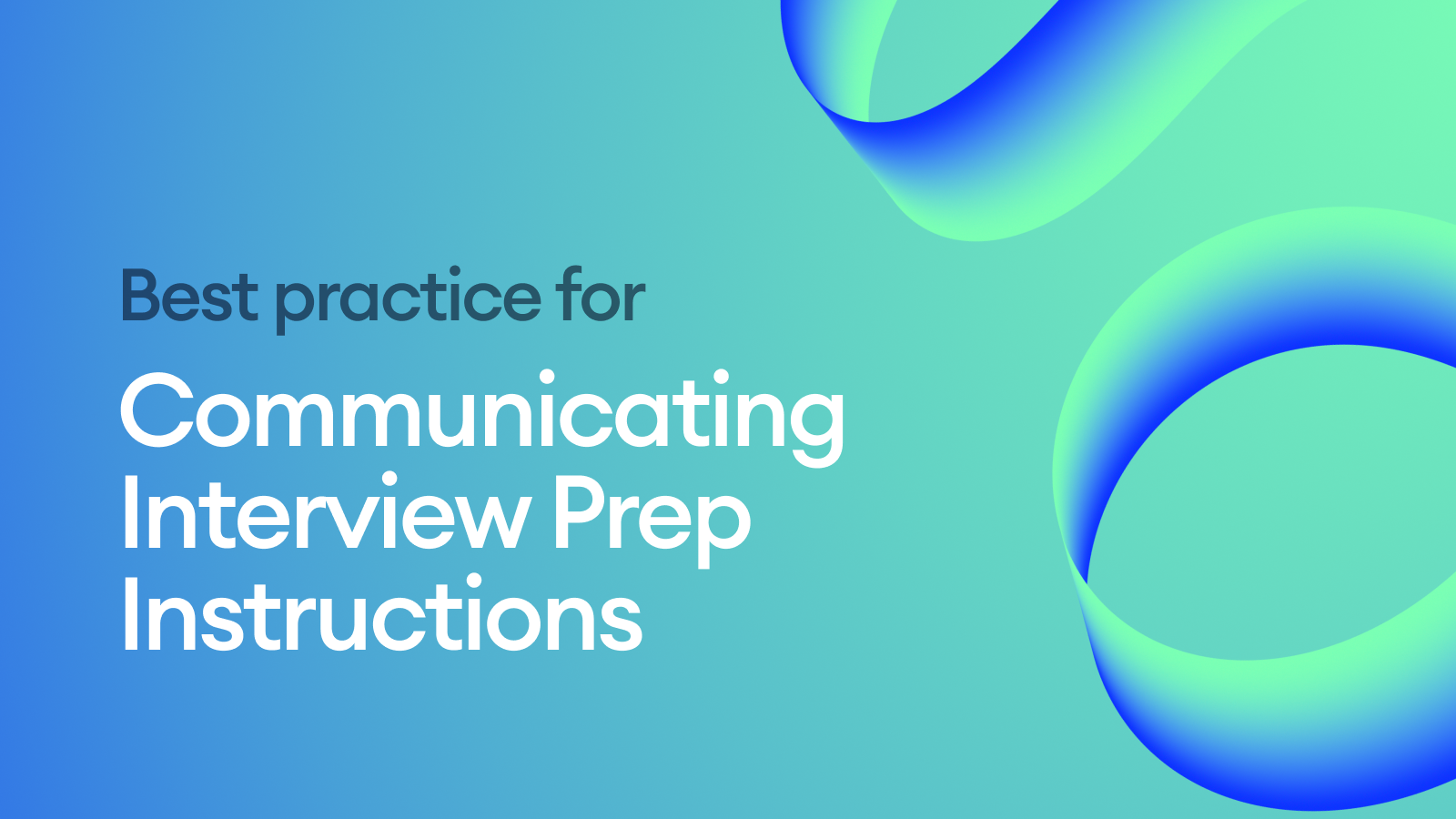Communicating clear and comprehensive interview preparation instructions to candidates is an essential part of this process. It ensures that candidates are well-prepared to showcase their skills and fit for the role, leading to more productive interviews and better hiring decisions. For recruiters and HR professionals, effectively conveying these instructions enhances the candidate experience, strengthens the employer brand, and demonstrates professionalism.
Best Practices for Communicating Interview Preparation Instructions
-
Provide Clear and Concise Instructions: Use straightforward language to convey all necessary information, avoiding jargon or ambiguous terms that could confuse candidates.
-
Customize Instructions for Each Role: Tailor preparation instructions to the specific position, highlighting the skills and knowledge relevant to the role to help candidates focus their preparation effectively.
-
Send Instructions Well in Advance: Distribute preparation materials and details at least several days before the interview to give candidates ample time to prepare.
-
Use Multiple Communication Channels: Deliver instructions via email, applicant tracking systems (ATS), or phone calls to ensure candidates receive and acknowledge the information.
-
Clarify the Interview Format: Inform candidates about the structure and type of interview—such as behavioral, technical, case study, or panel interviews—so they know what to expect.
-
Include Technical and Logistical Details: Provide specifics on interview logistics, including date, time (with time zones), duration, location or virtual meeting links, and any technical requirements.
-
Encourage Open Communication: Invite candidates to ask questions or seek clarification, fostering a supportive environment that reduces anxiety and promotes transparency.
-
Offer Preparation Resources: Share relevant materials such as company information, job descriptions, sample questions, or industry articles to aid in their preparation.
-
Maintain a Professional and Welcoming Tone: Craft communications that are both professional and approachable to make candidates feel valued and comfortable.
-
Follow Up with Reminders: Send reminder emails or messages as the interview date approaches to reinforce key details and demonstrate attentiveness.
Tips for Effectively Implementing Interview Preparation Instructions
-
Personalize Your Communication: Begin messages with the candidate's name and reference the specific role they're applying for. Personalization shows attention to detail and respect for the candidate.
-
Review Instructions from the Candidate's Perspective: Double-check all communications to ensure they are clear and contain all necessary information. Remove any potential sources of confusion.
-
Provide Easy Access to Contact Information: Clearly display your contact details or those of a designated team member so candidates can easily reach out with questions or concerns.
-
Ensure Consistency Across All Communications: Align messaging across all platforms and team members to prevent mixed messages. This includes verbal instructions, emails, and information on job postings.
-
Be Mindful of Cultural Differences: When dealing with a diverse pool of candidates, be sensitive to cultural nuances that may affect communication styles and interpretation of instructions.
-
Solicit Feedback Post-Interview: After interviews, ask candidates for feedback on the preparation instructions to identify areas for improvement in your communication process.
-
Adhere to Legal and Ethical Standards: Ensure all instructions comply with employment laws and company policies, avoiding any discriminatory language or requirements.
-
Highlight Key Information: Use bullet points, bold text, or headings to draw attention to the most important details, such as interview times, locations, or required materials.
Summary
Effective communication of interview preparation instructions is vital in the recruitment process. It empowers candidates to perform at their best and enables recruiters and HR professionals to assess applicants accurately. By adhering to best practices and implementing strategic tips, organizations can enhance the efficiency of their hiring processes, improve the candidate experience, and strengthen their employer brand. Clear, personalized, and timely instructions not only reflect professionalism but also contribute to successful recruitment outcomes by facilitating well-prepared and confident candidates.


